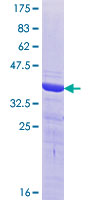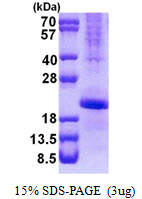order histories, retained contact details for faster checkout, review submissions, and special promotions.
Forgot password?
order histories, retained contact details for faster checkout, review submissions, and special promotions.
Locations
Orders Processing,
Shipping & Receiving,
Warehouse
2 Shaker Rd Suites
B001/B101
Shirley, MA 01464
Production Lab
Floor 6, Suite 620
20700 44th Avenue W
Lynnwood, WA 98036
Telephone Numbers
Tel: +1 (206) 374-1102
Fax: +1 (206) 577-4565
Contact Us
Additional Contact Details
order histories, retained contact details for faster checkout, review submissions, and special promotions.
Forgot password?
order histories, retained contact details for faster checkout, review submissions, and special promotions.
MAFK
v-maf avian musculoaponeurotic fibrosarcoma oncogene homolog K
The developmentally regulated expression of the globin genes depends on upstream regulatory elements termed locus control regions (LCRs). LCRs are associated with powerful enhancer activity that is mediated by the transcription factor NFE2 (nuclear factor erythroid-2). NFE2 recognition sites are also present in the gene promoters of 2 heme biosynthetic enzymes, porphobilinogen deaminase (PBGD; MIM 609806) and ferrochelatase (FECH; MIM 612386). NFE2 DNA-binding activity consists of a heterodimer containing an 18-kD Maf protein (MafF, MafG (MIM 602020), or MafK) and p45 (MIM 601490). Both subunits are members of the activator protein-1 superfamily of basic leucine zipper (bZIP) proteins (see MIM 165160). Maf homodimers suppress transcription at NFE2 sites.
| Gene Name: | v-maf avian musculoaponeurotic fibrosarcoma oncogene homolog K |
| Synonyms: | MAFK, NFE2U, p18, Transcription factor MafK |
| Target Sequences: | NM_002360 NP_002351.1 O60675 |







If you do not find the reagent or information you require, please contact Customer.Support@LSBio.com to inquire about additional products in development.










